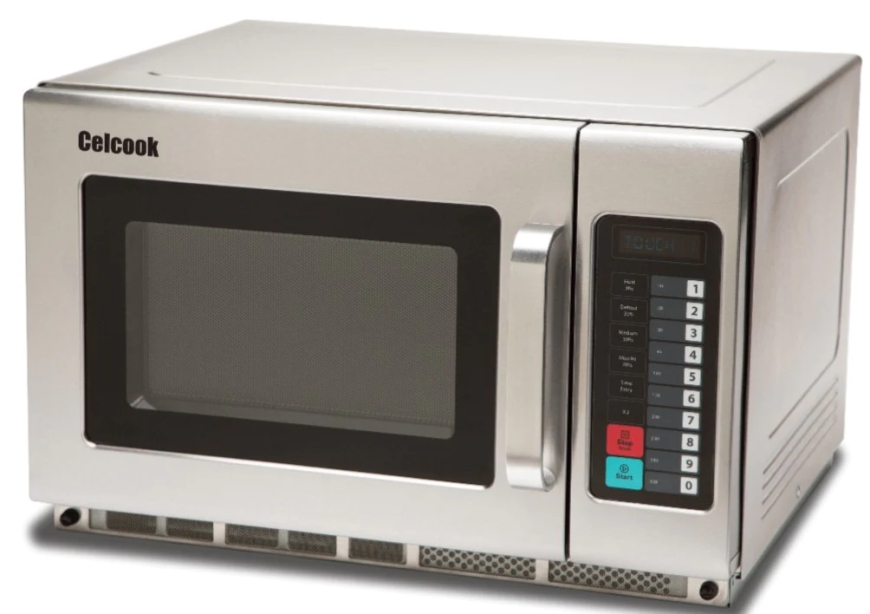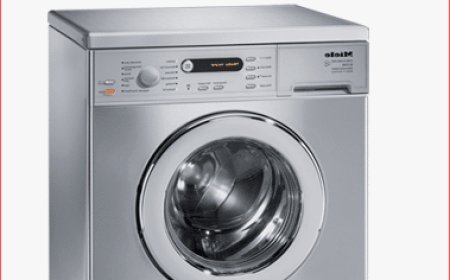Beyond Reheating: Why Commercial Microwave Ovens Are Essential for Modern Restaurants

Microwave ovens for restaurants are indispensable! They offer rapid heating, defrosting, and versatile cooking, enhancing efficiency, ensuring consistent quality, and optimizing workflow in any professional kitchen.
In the bustling, high-stakes world of commercial kitchens, every second counts. While traditional ovens, grills, and stovetops remain the backbone of culinary creation, the humble microwave oven has evolved from a simple reheating tool into an indispensable asset for restaurants of all types. Forget the flimsy domestic models; microwave ovens for restaurants are purpose-built powerhouses, engineered for durability, speed, and precision, fundamentally impacting a kitchen's efficiency, consistency, and profitability. They are not just an accessory; they are a vital component in modern foodservice operations, enabling seamless workflow and elevated customer experiences.
The Unseen Power: What Makes Commercial Microwaves Different?
At a glance, a commercial microwave might resemble its residential cousin, but beneath the surface, it's a completely different beast, designed to meet the rigorous demands of a professional kitchen:
-
Higher Wattage: This is the most crucial distinction. Commercial microwaves typically range from 1,000 to over 3,000 watts, significantly higher than home models (usually 600-1200 watts). This increased power translates directly to faster cooking and heating times, essential for high-volume environments.
-
Durable Construction: Built with heavy-duty stainless steel interiors and exteriors, commercial units are designed to withstand constant opening and closing, spills, and the general wear and tear of a busy kitchen. They feature robust components and durable doors built for thousands of cycles.
-
Consistent Heat Distribution: Unlike home microwaves that often rely on a turntable for even heating, many commercial models use multiple magnetrons or specialized stirring systems to distribute microwave energy consistently throughout the cavity. This eliminates hot and cold spots, ensuring perfectly heated food every time.
-
Programmable Controls: Advanced commercial microwaves feature intuitive digital controls with programmable memory settings. Chefs can save specific cook times and power levels for various menu items, ensuring consistent results regardless of who operates the oven. Some even have USB ports for recipe uploading across multiple units.
-
No Turntable: Most commercial microwaves do not have a turntable. This allows for larger, rectangular food pans to be placed directly into the cavity, maximizing usable space and streamlining workflow.
-
Bottom-Fed Energy Distribution: Many commercial units utilize a bottom-fed energy system, which is generally more robust and easier to clean than top-fed systems, especially in environments where spills are common.
Beyond Reheating: Diverse Applications in a Restaurant Kitchen
While reheating leftovers is a common use, microwave ovens for restaurants are far more versatile, playing multiple critical roles:
-
Rapid Defrosting: Thawing frozen ingredients (meats, vegetables, sauces) quickly and safely is paramount in a busy kitchen. Commercial microwaves can defrost items in minutes, far faster than traditional refrigeration, helping to prevent bottlenecks during prep. This also allows for portion control and reduces waste by defrosting only what's needed.
-
Expedited Reheating: From soups and sauces to pre-cooked proteins and side dishes, microwaves excel at rapidly bringing food to serving temperature without compromising quality or drying out the product. This is invaluable for à la carte service, buffets, or catering operations.
-
Steam Cooking: Certain commercial microwaves can effectively steam vegetables, seafood, or even custards. By trapping moisture, they can produce tender, vibrant results quickly, often healthier than other cooking methods and without the need for bulky steaming equipment.
-
Proofing Dough: Some advanced models offer low-power settings perfect for proofing dough, providing a warm, consistent environment that accelerates the rising process for baked goods.
-
Melting and Softening: Quickly melting butter, chocolate, cheese, or softening cream cheese for recipes are everyday tasks simplified by a commercial microwave, saving valuable time and effort.
-
Quick Snacks and Appetizers: For bars, cafes, or grab-and-go sections, a microwave can rapidly heat up items like nachos, quesadillas, hot dogs, or pastries, expanding menu offerings without a full kitchen setup.
-
Holding Temperatures: Some models have features that allow them to hold food at a specific temperature after cooking, ensuring it remains warm and ready for service.
-
Sous Vide Finishing: For restaurants using sous vide cooking, a quick blast in a powerful microwave can bring food rapidly to a serving temperature, providing an efficient alternative to traditional retherming methods.
Benefits That Translate Directly to Your Bottom Line
Investing in the right microwave ovens for restaurants offers significant operational and financial advantages:
-
Increased Speed of Service: The most obvious benefit. Faster heating and cooking times mean quicker order fulfillment, reduced wait times for customers, and higher table turnover, especially during peak hours.
-
Enhanced Consistency: Programmable settings ensure that every dish is heated or cooked to the exact same specifications, guaranteeing a consistent quality product that meets customer expectations and strengthens brand reputation.
-
Improved Efficiency & Workflow: By quickly handling reheating, defrosting, and other preparatory tasks, microwaves free up other, more expensive equipment (like ranges and ovens) for primary cooking, optimizing overall kitchen flow and productivity.
-
Reduced Labor Costs: Simplified operation and rapid results mean less time spent by staff on basic heating tasks, allowing them to focus on more complex culinary processes or serve more customers.
-
Space Saving: Compared to other cooking equipment, commercial microwaves are relatively compact, making them ideal for kitchens with limited space, food trucks, or concession stands.
-
Energy Efficiency: While powerful, commercial microwaves only use energy when actively heating food. Their rapid cook times often mean they consume less energy overall compared to conventional ovens that require lengthy preheating or sustained operation. They also don't generate much ambient heat, contributing to a cooler kitchen environment and potentially reducing HVAC costs.
-
Reduced Food Waste: Precise portion defrosting and rapid heating help minimize food spoilage and waste, improving inventory control and reducing costs.
Choosing the Right Commercial Microwave for Your Restaurant
When selecting a microwave oven for your restaurant, consider these key factors:
-
Wattage (Power Level): This depends on your anticipated usage.
-
Light-Duty (1000W and below): For limited use, e.g., small cafes, staff breakrooms, warming drinks or pastries.
-
Medium-Duty (1200W-2000W): For moderate use, e.g., small to medium restaurants, delis, cafes for reheating sauces, appetizers, or defrosting.
-
Heavy-Duty (2000W+): For high-volume, continuous use, e.g., busy QSRs, large restaurants, cafeterias, catering services. These are built to withstand constant demand.
-
-
Capacity (Cubic Feet/Liters): Match the internal cavity size to the typical portion sizes or containers you'll be using (e.g., accommodating full-size food pans).
-
Controls and Programming: Look for user-friendly digital controls, ample programmable memory slots, and features like multi-stage cooking (defrost, cook, hold).
-
Durability and Construction: Prioritize stainless steel interior and exterior for easy cleaning and long-term resilience.
-
Door Type: Heavy-duty doors designed for commercial use are crucial. Consider transparent doors for easy monitoring.
-
Energy Distribution: Ensure even heating with multiple magnetrons or a robust stir fan system.
-
Brand Reputation & Service: Opt for reputable commercial brands known for reliability and accessible service and parts (e.g., Amana, Menumaster, Panasonic, Sharp, Samsung).
Conclusion
In the competitive landscape of the modern foodservice industry, efficiency and consistency are paramount. Microwave ovens for restaurants have transcended their basic function to become indispensable tools that empower kitchens to operate at peak performance. By providing rapid heating, precise control, and robust durability, they streamline workflows, enhance food quality, and ultimately contribute significantly to a restaurant's ability to delight customers and maximize profitability. A commercial microwave oven isn't just an appliance; it's a strategic investment in the speed and success of your culinary operation.







































